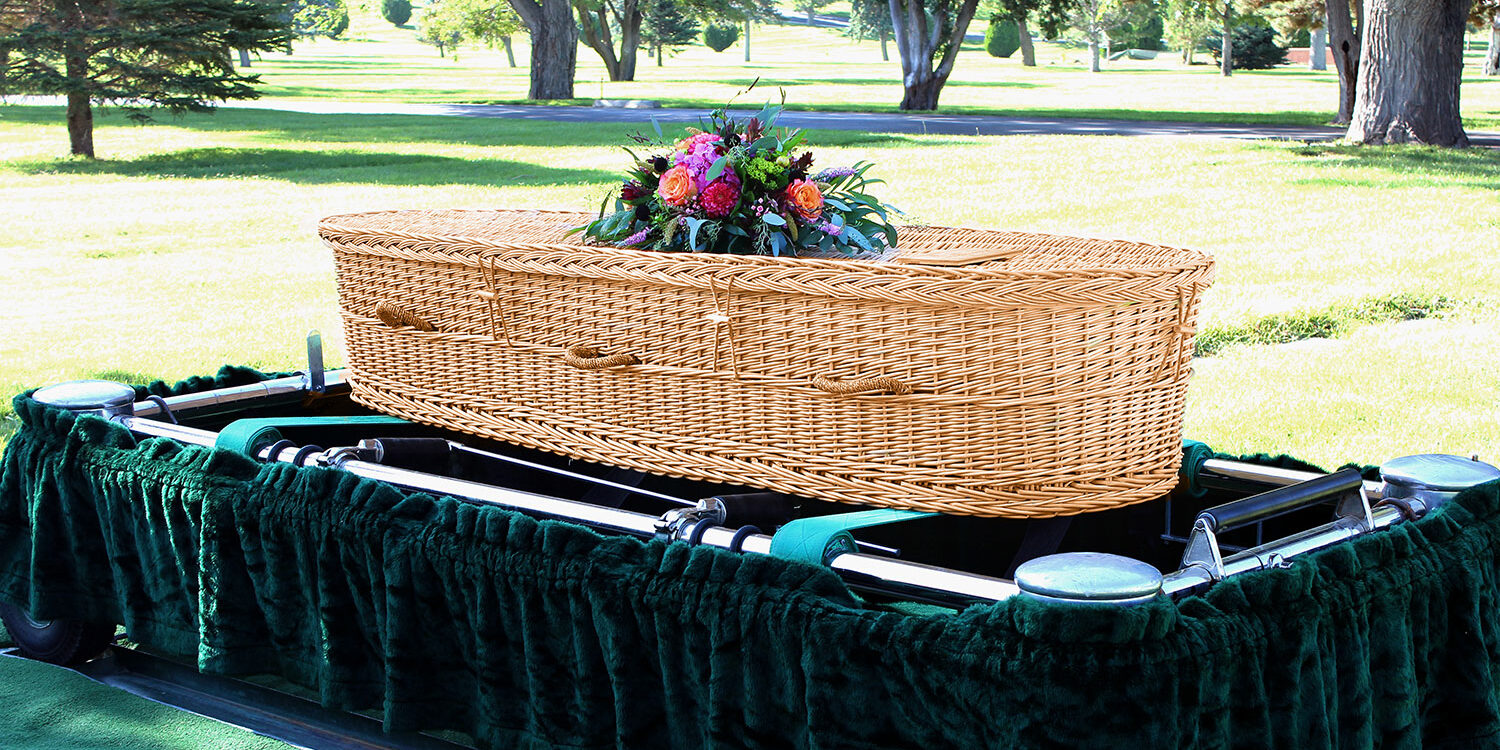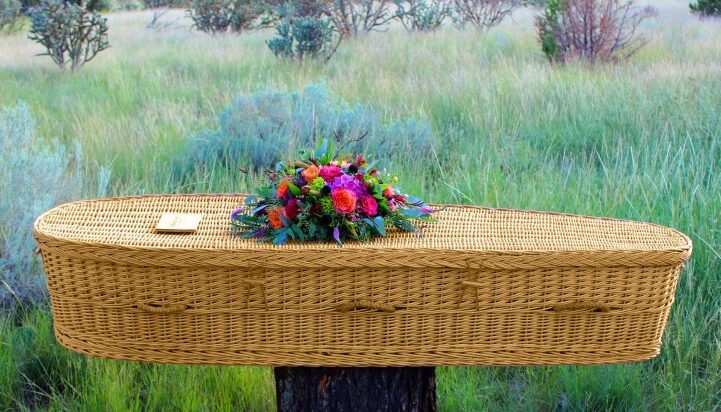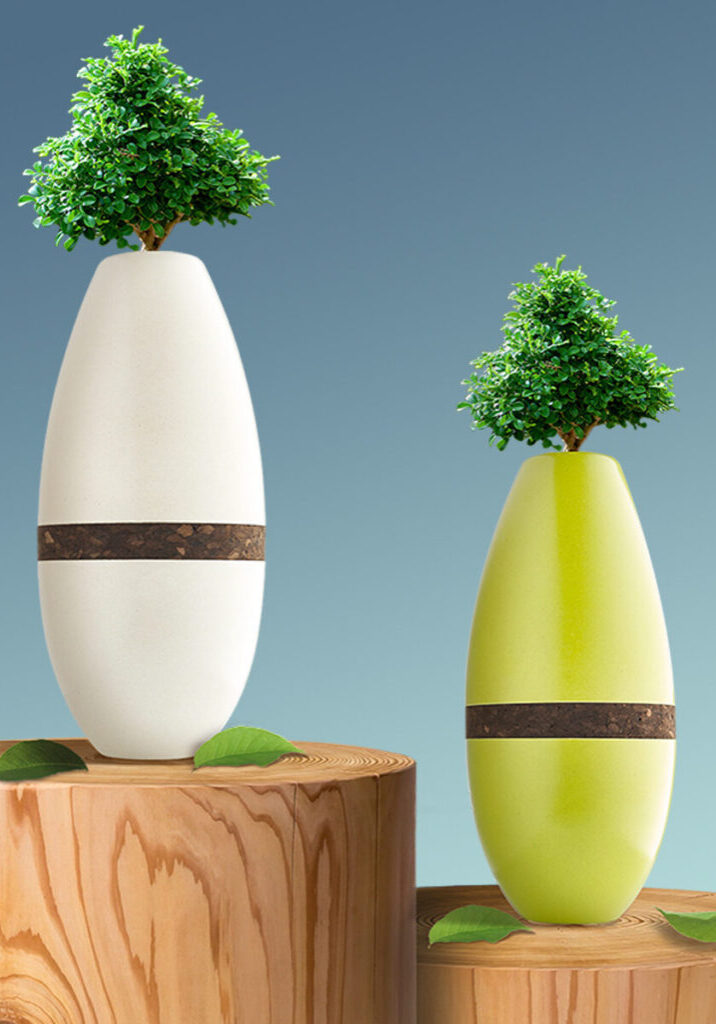Green Funeral Products
While immortality has yet to be achieved, the notion of nearly indestructible funeral containers has been a historical constant. For millennia, there have been caskets, coffins, urns, crypts, tombs, mausoleums, gravestones and myriad other funeral products that use up irreplaceable natural resources.
Now, with a growing concern about preserving our environment, a new range of products are being introduced that honor the memory of loved ones while minimizing the impact on the planet.
Eco-Friendly Caskets
Green caskets are a significant way to make a funeral more eco-friendly. At one time typical caskets were simple wooden boxes for the dead. Today they have evolved into sophisticated and highly-finished items that many find wasteful; they use unsustainable or environmentally-unfriendly materials for a short-term purpose and cannot be recycled.
Every year more than 90,000 tons of steel are used to make caskets in America. Copper and other metal alloys are also used but in much smaller amounts. All metals are mined from the earth and are nonrenewable resources. Metal caskets cannot be recycled.
Hardwoods such as maple, cherry, black walnut, and redwood are also used to make traditional caskets. More than 30 million board feet of hardwood lumber are used to build wooden caskets each year.
Green Casket Options
There are more options now, including eco-friendly caskets made from sustainable materials such as heavy cardboard, wicker (woven from sustainably-grown willow (pictured above), seagrass (pictured to the left), or bamboo), and soft woods such as pine. Biodegradable, green caskets are also a better choice because they break down more readily in the soil and are therefore acceptable for burial in a green cemetery.
Statistics from Wikipedia & from funeral industry sources.
Burial Shrouds
Many cultures and religions use or have used shrouds as part of their burial rituals, including Christianity, Islam, Hinduism, and Judaism.
A shroud is a long piece of cloth, usually natural material such as cotton, linen, or bamboo, which is wrapped around a body after it has been prepared for burial.
The shrouded body is usually placed directly in the grave without a casket. This simple method uses a minimum of materials while still honoring the dignity of the deceased during burial.
Most funeral homes can supply traditional burial shrouds, such as the Jewish “tachrichim,” or they may be obtained through religious organizations. You can also find shrouds from artisans and small businesses in a variety of styles and designs. Shrouds can be used with or without a biodegradable carrier.
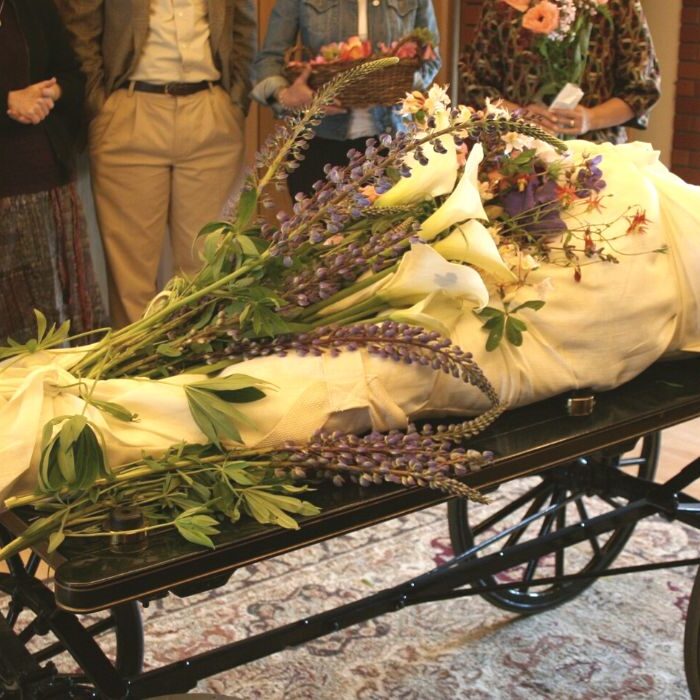
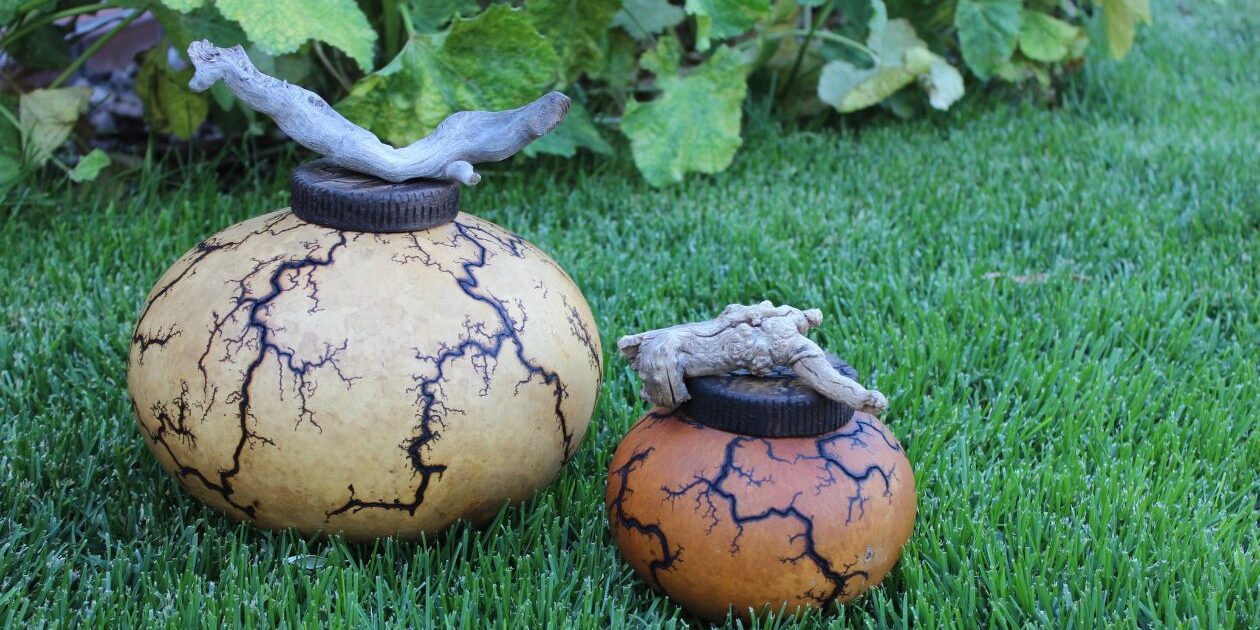
Biodegradable Urns
A wide variety of biodegradable urns is now available for ground or water burial. Traditional urns use materials like marble, glass, and metal that degrade extremely slowly, making them unsuitable for a green burial.
Green urns are made from sustainable, recyclable, and eco-friendly materials, including cornstarch (pictured above), Himalayan Rock Salt, fast-growing bamboo, and sustainably-produced handmade paper.
If desired, these urns may be used for display of the remains, as they will not degrade until buried in the earth or placed in a body of water.
Biodegradable urns designed for water burial will degrade in a matter of hours or days so as to have as little impact on the environment as possible.
Those who wish to place cremated remains in a tomb, columbarium, or at home can choose greener biodegradable urns such as those made from bamboo, a sustainable and renewable wood.
Scattering
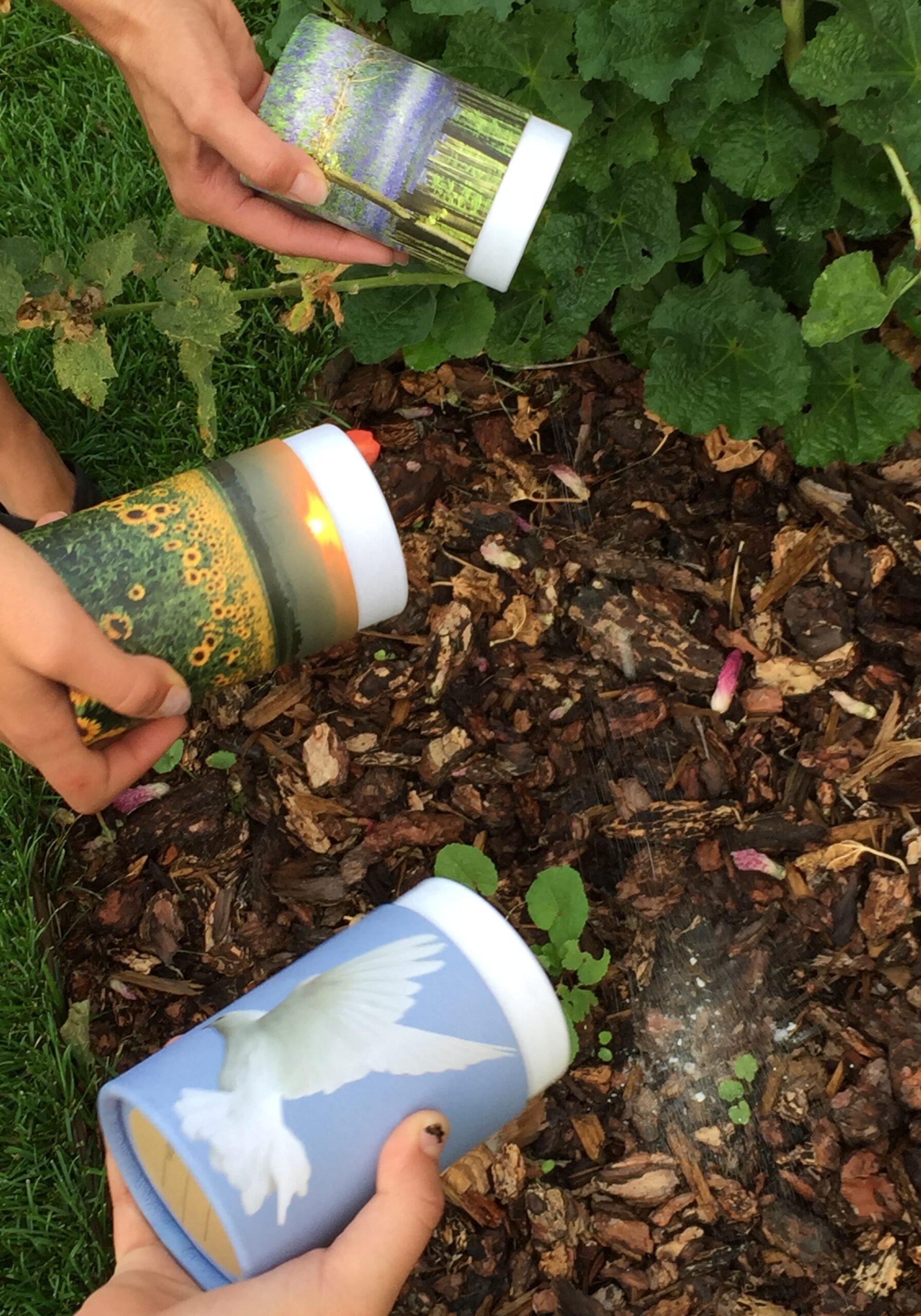
It has been estimated that over 40% of cremation consumers intend to have their cremated remains scattered. Of this 40%, more than 70% scatter, or intend to scatter, in or over water.
These figures represent a very large number of consumers that over the years the funeral industry has struggled to cater to.
One of the problems was that until recently, very few viable products were available to this group of consumers. They have rejected traditional urn products made out of bronze, marble, and wood that are often too costly, impractical, or difficult to use and are not biodegradable or recyclable after use. This left families little choice but to reluctantly opt for the cardboard or plastic box containing a loved one’s cremated remains customarily provided at no charge by the crematory.
It is only in the past few years that more practical and affordable urn products have appeared on the market. One such product is the Scattering Tube™ which is produced using recycled paper. It has no plastic or metal components that can be recycled after use and is available in a variety of unique designs. Each Scattering Tube™ features a custom-designed die-cut, push-in paper tab to which pressure can be applied (to open) when the scattering is to take place. The cremated remains can then be easily scattered from the tube without having to awkwardly open a plastic bag (which traditionally holds the cremated remains) or handle the cremated remains.
There are also companies that have launched to help or accompany families that decide to scatter. Many of them own yachts or aircraft from which the scattering can take place. Other companies will take cremated remains into outer space or combine them with fireworks and have a fantastic fireworks display as the central part of the memorial process.
Be a Tree
The Biotree Urn was designed to shape a greener planet by changing our traditions from that of graves, to those of forests. Celebrating life with a living memorial in the form of a tree.
Traditional burial is not sustainable, and could cause an ever-expanding crisis globally, damaging the environment and using up vast amounts of space.
The Biotree Urn is made using natural plant fibers and materials that aid in fertilizing the surrounding soil and lowering the pH levels of cremated remains, creating a suitable environment for a tree to grow.
A seed is planted in the top half of the urn, with the cremated remains held in the bottom. The cork center of the urn helps create an environment suitable for healthy tree growth. In a short time, the tree will sprout and you will see new life grow. After a few weeks the urn will begin to crack, signifying that it is time to plant the urn in the ground or in a pot suitable for your selected tree. We recommend selecting a tree species that is harmonious with your local environment, where the tree will complement the unique ecosystem that surrounds it, creating a living tribute for those who now rest at their roots.
A certificate is provided with each Biotree Urn, which families can redeem for tree seeds in your selected species. It is important to select a species that will flourish in your local environment.
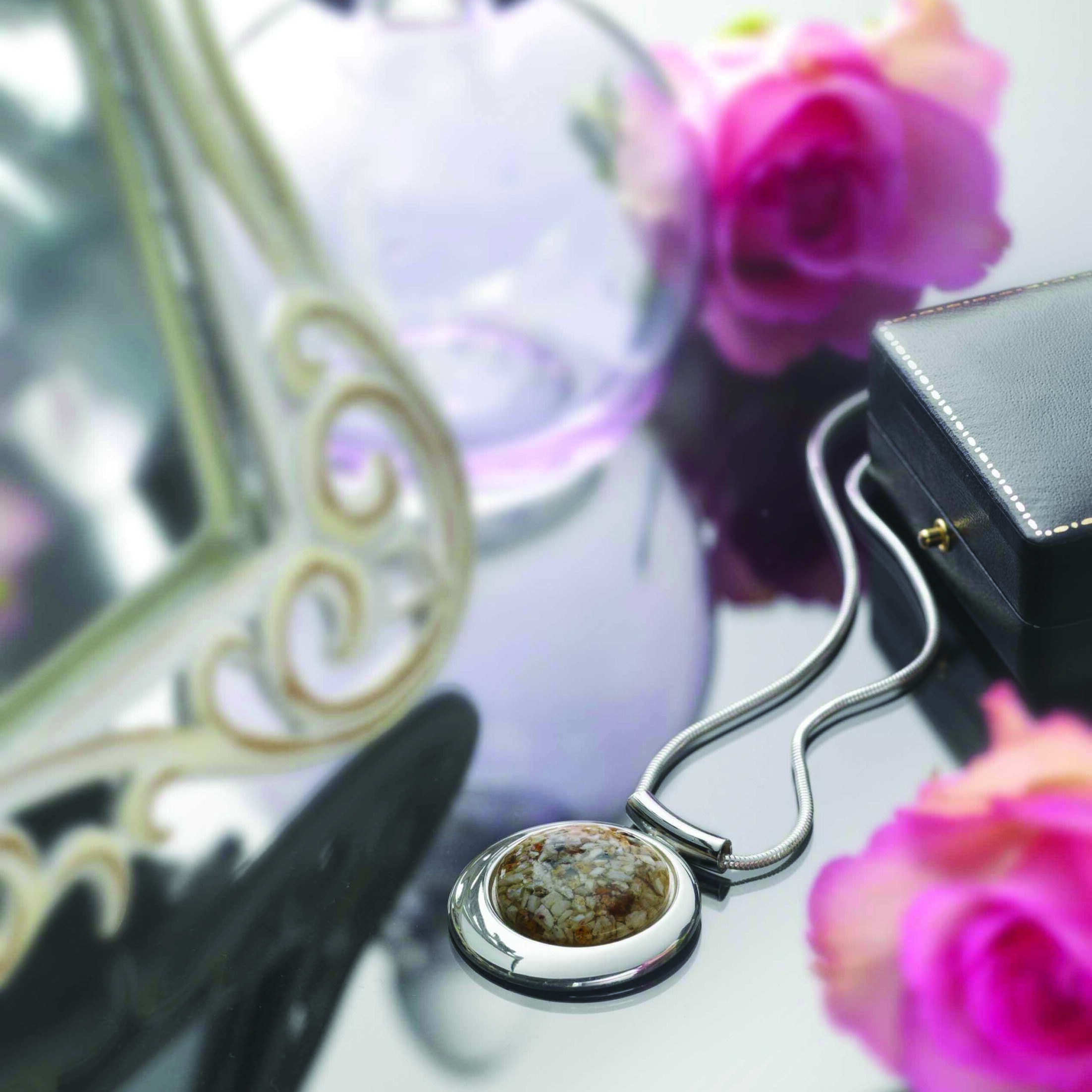
Memorial Jewelry and Keepsakes
Although most people choose to scatter cremated remains, they may also opt to have a small portion of those remains memorialized within a piece of custom-made jewelry.
Whether as a pendant or a ring, this memorialization option provides the ability to discretely take a part of your loved one with you anywhere you go.

